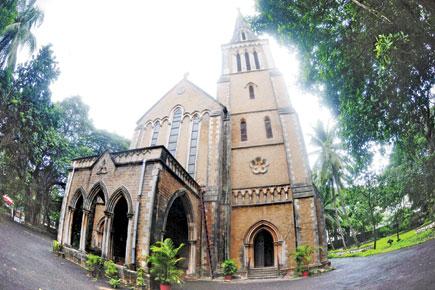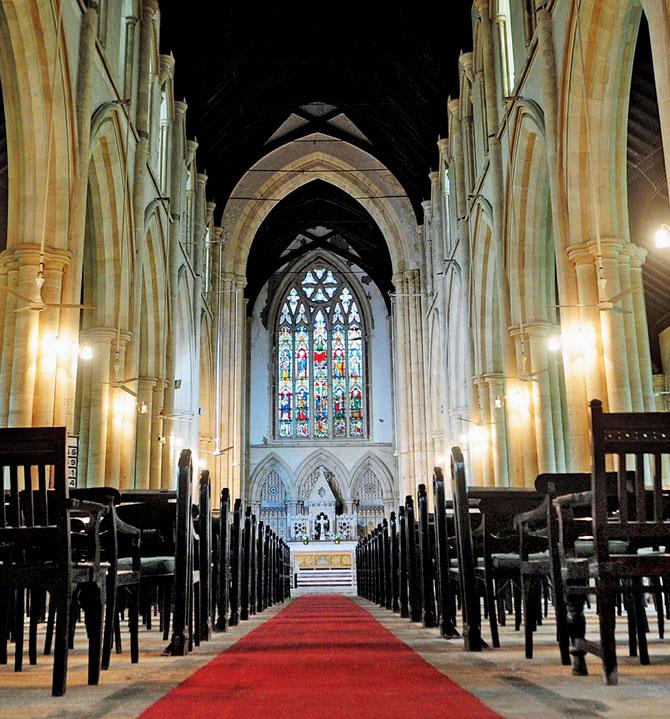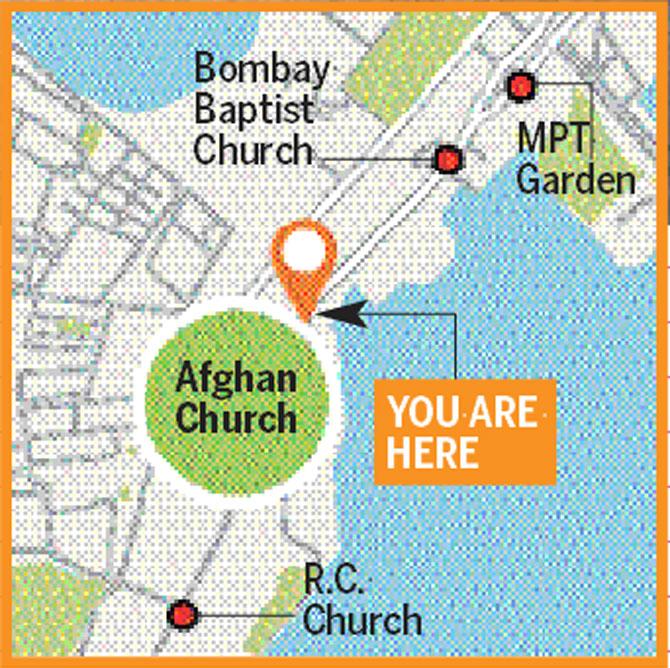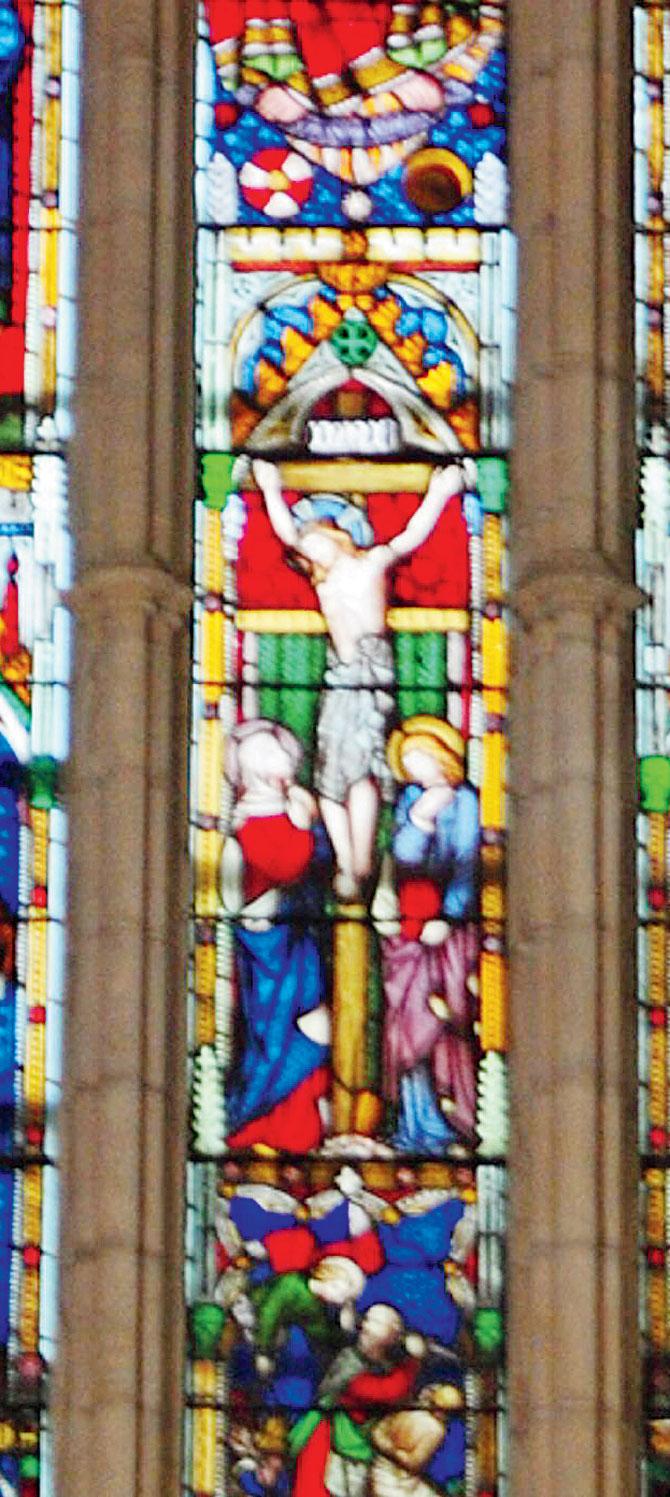Stained glass panels, Minton tiles, intricate ironwork, and a 158-year-old legacy lies steeped in history inside Colaba’s finest Neo Gothic landmark


It could make for an extract straight out of an 18th century seafarer’s diary. The spire of an imposing church in the southernmost tip of the island, built as a memorial for soldiers who lost their lives in the First Afghan War, greets ships as they enter the waters of Bombay’s natural harbour.
Architect Henry Conybeare was the first to use Kurla stone and basalt for the exterior, and Porbander stone for the interior piers and arches.
In the early 1800s, Rev Philip Anderson, the Pastor of Colaba, set up a small structure that served as a makeshift church, which was destroyed. By then, the First Afghan War (1838-43) was underway. Britain won the war but thousands of Indians and Britons died. Rev Anderson approached the Company for a memorial to be built in their honour. Visionaries like Bartle Frere, the private secretary to the Governor of Bombay in the 1840s, and architect and engineer Henry Conybeare sped up plans to construct the Afghan Church. Anderson acquired the present plot, with one condition from the Company — that the tower or spire should stand out as a landmark and be built at a height of 210 feet. The original lease specified that the land west of the church was to always remain open, enabling ships approaching Bombay an unobstructed view of the spire.

ADVERTISEMENT
Built with the help of private contributions, and opened in 1858, the Minton tiles (imported from Britain), stunning stained glass panels and marble inlay work wows the visitor till date. Each square foot of its 158-year-old interiors have a tale to tell.
 Subscribe today by clicking the link and stay updated with the latest news!" Click here!
Subscribe today by clicking the link and stay updated with the latest news!" Click here!






